by Kelli Poll
 It was the early 1960s. In Grosse Point, Michigan a bold experiment was carried out.
It was the early 1960s. In Grosse Point, Michigan a bold experiment was carried out.
Applicants were tested to find those who had intellectual and leadership potential.
The parents whose children were turned away became bitter and resentful, while those of accepted applicants carried a new mark of distinction.
Five years into the fourteen-year project the researchers tried to stop it. It was a profound failure.
The region boasted a high ratio of brilliant executives. The students were handpicked from this seedbed of success.
What happened?
The project was to take these specially-selected children and place them in an academic institution at the age of four.
This would give them a head start on the academic track.
They would become aggressive learners who would surpass the Russians and help America retain its position as leader of the world in every arena.
The problem was – it didn’t work.
Because of pressure from parents, who still supported the high status project, it continued another nine years.
The expected outcome was well-adjusted children who exhibited strong leadership characteristics and academic success.
The actual results were:
- nearly one-third were poorly adjusted
- 1 of 20 were judged to be an outstanding leader (far below the norm)
- 3 of 4 were considered entirely lacking in leadership. The dropout rate among them was above the norm.
The researchers concluded that if these children had been allowed to develop normally they would have been outstanding (i, ii).
Great structures need great foundations to support them.
If the foundation is faulty whatever is built upon it will not be structurally sound or fit for long-term use.
A mentor who applies the principles of great teaching, while understanding and supporting normal development, lays a foundation for leadership.
Sooner and faster is a Conveyor Belt answer. It has been tried and found lacking.
Better answers to the leadership crisis must come from off the conveyor belt.
I believe we learn through study, faith and experience.
When I decided to teach my own children, the only information I had to go on were the thoughts of an enthusiastic friend who had been to one homeschool conference and had absolutely no experience.
I took my decision to God and explained that my motivation was fear and my purpose was to keep my children safe.
There was no reply. So I reconsidered.
About six months to a year later I was back on my knees.
I wanted to homeschool my children because I loved them and wanted to give them strong relationships with God and family.
This time He answered. In my heart I felt the warmth and peace of His Spirit confirming my new plan.
I had chosen to do the right thing for my family and had found the right reason.
I began the work of trying to figure out just how to do this and found an advertisement for a boxed curriculum.
It came with great references and seemed to guarantee success and security.
I was sold on it.
My son was only 4 but I wanted to “see” how great this was going to be – so I envisioned it. I imagined my son sitting at the table while I opened the box and handed him his work for the day.
He was excited and happily did worksheets.
Suddenly, I lost control of the image and the vision changed.
I saw a different day not long after – only this time my son was upset and refusing to do his work.
I saw myself frustrated and trying to make him do it. It was a battle of wills.
The tension was thick and tangible.
When the vision was gone I went straight to my knees. I asked God to help me find a way that would work, particularly for strengthening relationships.
Cornerstones of Great Teaching
I had two key pieces of information to get me started – the first two cornerstones of great teaching – Relationship and Freedom. Cornerstones are used to guide and align the layout of the foundation.
These were my criteria, my guides as I began the work of finding a new way of educating.
I had been well trained in how to do conveyor belt education – I needed mentors to show me what I could do instead and I found them in books. I searched stores and libraries for books on homeschooling.
If the books met my criteria I studied them carefully.
A few of my favorite authors were Raymond and Dorothy Moore, John Holt, Ruth Beechick and Charlotte Mason. From them I learned the other two cornerstones – Trust and Individualize.
I also learned a key to troubleshooting – the simple things are the most effective.
1. Relationship
Relationships are created and maintained on the basis of frequent, consistent, simple and positive interactions. The most important relationship in your home is your marriage.
By taking time each day to connect with your spouse and family they will know they are loved and matter to you.
Human bonds are built with positive:
- Eye contact–we often misuse this by only using it for reprimands or giving instruction. It is more effective to use it primarily for connecting.
- Physical touch: this can be holding and hugging, a brief pat on the back, or even tousled hair. Boys often prefer roughhousing.
- Focused attention – this includes listening, planned or spontaneous one-on-one time, displays of portraits and artwork, personal letters to them, etc.
- Teaching: after the connection is built with eye contact, physical contact and focused attention, the child is open, trusting and ready to be taught–wanting the parent’s input and guidance. A mother was wondering how to connect with her teen daughter. She decided they would “play salon” and manicure each other’s nails once a week. It didn’t take long for her daughter to open up, confide in her mother and ask advice.
A child can learn well only if he is happy, feels safe, content, confident, secure, accepted, and loved. … In order for a child to identify with his parents (relate closely with them) and be able to accept their standards Children need academic freedom to own their education. This is the freedom to: explore, pick up and put down interests, follow their passions, discover their strengths and gifts, think and imagine, find their unique voices and express them. This includes the freedom to take breaks from frustration and find a better approach. Freedom to make choices and learn from them, to ask questions, get messy and make mistakes. There are at least four places to put your trust. Leadership education is a collaborative effort of God, parents and child – this requires relationships of trust. Being able to relax, have peace and confidence – trust – help me to receive the right answers. One size does not fit all. Each child is unique. There are many varieties of genius, gifts, strengths, challenges, developmental time frames and agendas, learning styles, and missions. Even when using the same materials the timing, pace, approach, discussions, etc. should be personalized to the needs of the individual. Also, each family is unique, so the application of educational principles will look different from child to child and family to family. Rearing leaders was not on my mind when I began homeschooling. When TJEd arrived on the scene I embraced it because it fit my criteria, my philosophy, for education. It also added a new dimension – a new definition of leadership. In the Michigan project there are more Conveyor Belt assumptions that must be questioned: TJEd operates on the assumptions that there is a spark of genius in every person and that leadership is about much more than material success in business or politics. A Leader is a person who lives a life of integrity, lifts and blesses all around them and impacts generations by finding and fulfilling their God-given purpose. We all have leadership potential – if mentored and “allowed to develop normally.” So what is “normal” development? The Giant Bamboo plant helps me understand the Phases of development. The Giant Bamboo grows 20-100 feet high, depending on species, and matures into a useful building material. There is a saying about newly planted bamboo: The first year it sleeps, The second year it creeps, The third year it leaps. The first year the root sends up a shoot which sprouts to the dizzying height of six inches. Then it just sits there for the rest of the year. The second year it rises to about 2-3 feet. The third year it leaps close to its mature height. After that it grows in height and girth until mature and ready to be of use. What is happening? All the growth of the first two phases is happening where you can’t see it – the roots. The roots double in size each year. It is the amazing growth of the root system that makes the tremendous leap of the third year possible. As the roots grow they are better able to feed the growth of the canes. A relationship is created between the roots and leaves, feeding and nourishing each other for greater growth.(iv) Relating this analogy to the Phases of Learning, the first year of bamboo growth is Core Phase, the second is Love of Learning and the third is Scholar Phase. The symbiotic relationship of roots and leaves explains how Core and Love of Learning are never finished. They continue to nourish the later Phases and are fed by them in return. What would happen to a plant without its root system? What happens to roots if the plant fails to develop or the branches and leaves are all cut off? You have probably heard the phrase “head, heart and hands.” In development it should read Hands, Heart and Head. It is through the roots — the hands and heart — that the head is reached. Abstract thinking begins between 12-14 years of age. At that point you can teach straight to the head; in the meantime, those abilities and avenues appear dormant. When you mentor the Core and Love of Learning phases it does not look like much is happening. If you want to see the growth that is taking place you will have to look deep below the surface to see and appreciate it. Building the root system is the foundation work of these phases. This creates the possibility for the tremendous growth of Scholar Phase and beyond. The primary Core mentor skill is the ability to receive and act on impressions. A “mentor skill” is something to be utilized, modeled and taught. An important part of Core is knowing where and how to turn for guidance when facing overwhelming situations. Without it we accept tyrants and their false promises of security. The main lesson is Character. Learning the family moral code and religious values as guides to discerning the difference between true and false, good and bad, right and wrong and to choose what is right no matter the cost. These lessons do not end in Core phase, but it is certainly the best time to begin, the time to lay the proper foundation. Each day we are made increasingly aware of the fact that life is more than science and mathematics, more than history and literature. There is need for another education, without which the substance of our secular learning may lead only to our destruction. I refer to the education of the heart, of the conscience, of the character, of the spirit – these indefinable aspects of our personalities which determine so certainly what we are and what we do in our relationships one with another. (G. B. Hinckley) Core phase children learn primarily through their “hands” – their bodies and physical senses. They learn through interacting with their environment. They imitate what they see and hear. They taste and touch everything and anything. They love movement and rhythm – dancing and acting out stories. Learning is very “hands on” this is why Montessori and similar methods work so well. Core Phaser’s concept of time and space is limited to the here and now -– their immediate experiences and surroundings. The method is doing things together: work and play, love and home, stories and songs. These give opportunities for discussing good/bad, right/wrong, etc. Family relationships are the training ground to learn manners, negotiation, service and more. The Core need is order–structure of time (routines) and space (environment). In general, those in Core Phase like knowing what to expect. This includes a daily rhythm of times for meals, reading, play and work, morning and bedtime routines, family rituals and traditions. If you are having trouble with little ones being too active when you would like them doing quiet activities, such as while you read aloud or work with older children, consider structuring active time (especially outdoor) before quiet time. I once read an article in a women’s magazine reporting on some recent ADD research. The findings were that ADD kids who spent time outside running and playing were able to focus and pay attention to their work afterward. Many homeschool families report the same result whether it is work, play or exercise. A good Core kid is a tired Core kid. The main skill to work on in Core actually complements (rather than competes with) character training; that skill is comprehension. Comprehension is the ability to understand, to grasp the meaning. Comprehension is built through hands-on experiences and discussion. I have a friend who teaches high school math. When she teaches geometry she can tell which students have had hands-on experience with shapes – they are able to comprehend the material while the others struggle with the concepts. The early years are the time to build up a catalogue of experiences. If you came across the letter combo, “D-O-G,” how great would be your understanding if you had never seen, touched, smelled or played with one? One school district set up an experiment . . . Some kindergartners in the district received extensive instruction in reading. Others spent the same amount of time learning science. They melted ice. They observed thermometers in hot and cold places. They played with magnets, grew plants, learned about animal life, and so on. By third grade the “science” children were far ahead of the “reading” children in their reading scores. The reason? Their vocabularies and thinking skills were more advanced. They could read on more topics and understand higher level materials. . . . You can also teach about music, art, literature, money, work, safety, God, people, and everything else you and your child are interested in. All such teaching is “pre-reading” instruction. It is getting ready for reading. Everything your child learns increases his vocabulary and develops his thinking skills. (v) There are many avenues of play that build comprehension and motor skills, such as: Acting out stories is another favorite activity. One day my children asked me to play with them. I had to nurse the baby so I quickly brainstormed. We had a cardboard playhouse and I agreed to tell them stories that featured a house if they would act them out. They had to listen, follow instructions, create dialogue and costumes and figure out staging. They had to think, understand and use every learning style (auditory, visual, kinesthetic). It is amazing and comforting to realize that “child’s play” is truly the best means to help them develop optimally. The primary Love of Learning mentoring skill is passion, enthusiasm and genuine interest in everything – particularly for trying new things. You model this skill by not only finding and exploring your own passions and interests but by enthusiastically sharing your and their interests. The main lesson of this phase is Confidence. During this phase there is a strong desire to do things “right”, to be successful at things, but underlying is the desire to successfully navigate life itself. This is why Love of Learners want to know “the rules.” A strong relationship with Dad is especially important in building confidence. The influence of Dad increases as they grow and move into Scholar Phase. This phase is about their Heart, their feelings, their Love of learning. The main method is to add the Heart to the Hands. They continue to need hands-on activities but they become more purposeful now. In Core phase they imitate a general idea of what they see you do, in Love of Learning phase they notice the differences and they care. No more scribbling; they want to learn how to really write. Same for other things such as reading, drawing, etc. They have the attention span and interest for lessons, projects and other skill-building activities. They begin to care about and comprehend other people, places and times (past and future) outside their own experience. Love of Learning is a great time to explore the arts and sciences (including math), history and geography and to explore talents and abilities. As they are exposed to new things they find interests they want to investigate further and are enthusiastic about sharing them. They consider their interests as a part of themselves and they take our responses to those interests very personally. They need models, positive feedback from you and academic freedom to choose. Their primary models are their parents and older siblings; but now the need may begin to expand. These years often include a search for heroes. Emulating heroes is a way to learn and follow the rules for a successful life. Biographies of great men and women are appealing at this time because it meets this need for models to follow, and for the “rules” that govern the outcomes in life. A mentor who puts trust in their choices and helps them learn through positive feedback (specific and honest) helps them build confidence in themselves, even when things don’t always work out. Encourage them while keeping the following in mind: Before introducing or asking for effort on something new or that they feel they can’t do, build confidence by letting them do what they can do. Allow them the freedom to spend time on things that they can do rather than “challenging” them. Resist the paranoid suggestion that they don’t progress unless pushed. They will move on when they are ready. They need to mess about, to live Ms. Frizzle’s (vi) mantra – ask questions, get messy and make mistakes. The skills learned in this phase are the basic life and academic skills. But the most important is trying new things. The new things can be books, sports, food, lessons, groups, etc. This does not mean making commitments, just trying. When I was attempting to transition my very visual son from picture books to chapter books all I asked was that he listen to the first chapter. At the end I asked if he wanted to hear more. I read a lot of first chapters until we found the one that worked for him. In the Foundational Phases the work of the mentor is to facilitate positive, enjoyable experiences and opportunities to be and feel successful. The most important and enduring lessons of this time involve not as much what they know as what they feel about themselves and learning. The Love is the pilot, and the Learning the co-pilot in Love of Learning. Nurturing positive associations with subject matter will give the child the desire to go deeper and learn more. This, along with developmental preparedness, character, confidence and a sense of purpose helps them choose to make the leap of Scholar Phase. About 150 years ago, a religious community was determined to build a structure that would be dedicated to God and His work. With much time and labor they laid a foundation of sandstone, the most readily available material on hand. Shortly after completing the foundation work they covered it over and left it for a few years while they tended to more immediate needs. When the time came to continue the work they uncovered the stones and found them cracked. This would never do. They intended to build something that would be strong enough to last for generations. They did the only thing they could do under the circumstances: they pulled the stones out and started over. This time they used better quality material — granite blocks — although it increased all costs including time and labor. The price was worth paying; the building still stands and fulfills its purpose generations later. As we mentor our children we will make mistakes, but they can be corrected in them and ourselves. As adults and parents our work is to uncover the foundation and see if it is good enough to build the work of our lives upon, to carry us forward in the great purpose of our life. Is it the right foundation to help us become whom we are meant to be and to do what we were born to do? Then comes the painful part: ripping out what is just not good enough and replacing it with a foundation that will last. It is definitely work. It is even more work if you have begun to build on it before recognizing its inadequacies. But the work and agonizing effort are worthwhile, because we are building to impact generations, and the generations of our families will impact others. i. Moore, Raymond and Dorothy, Better Late Than Early, (Camas, Washington: Reader’s Digest Press, 1975), p. 93. ii. Moore, The Successful Homeschool Family Handbook. (Nashville, Tennessee: Thomas Nelson, 1994), p. 62. iii. Campbell, Ross, How to Really Love Your Child, (Colorado Springs, Colorado: Chariot Victor Publishing, 1992), pp. 95, 132, 134 iv. Bamboo Growth Habit, Mid Atlantic Bamboo v. Beechick, Ruth, A Home Start in Reading, (Pollock Pines, California: Arrow Press, 1985), p. 4 v. Pudewa, Andrew, “Motivating Boys & Other Kids Who Would Rather Be Making Forts All Day,” Workshop Presentation on DVD or audio download, (www.excellenceinwriting.com) vi. from “The Magic Schoolbus” series of books and television programs. Note: Links to Amazon are provided for your convenience in researching suggested readings. Purchases made originating from these links result in TJEd.org receiving a commission, so when shopping amazon, we hope you’ll start here! Thanks so much for your support. 2. Freedom
3. Trust
4. Individualize
Developmental Phases – the Foundation
Core Phase-Hands
Love of Learning – Heart
Conclusion
Endnotes:


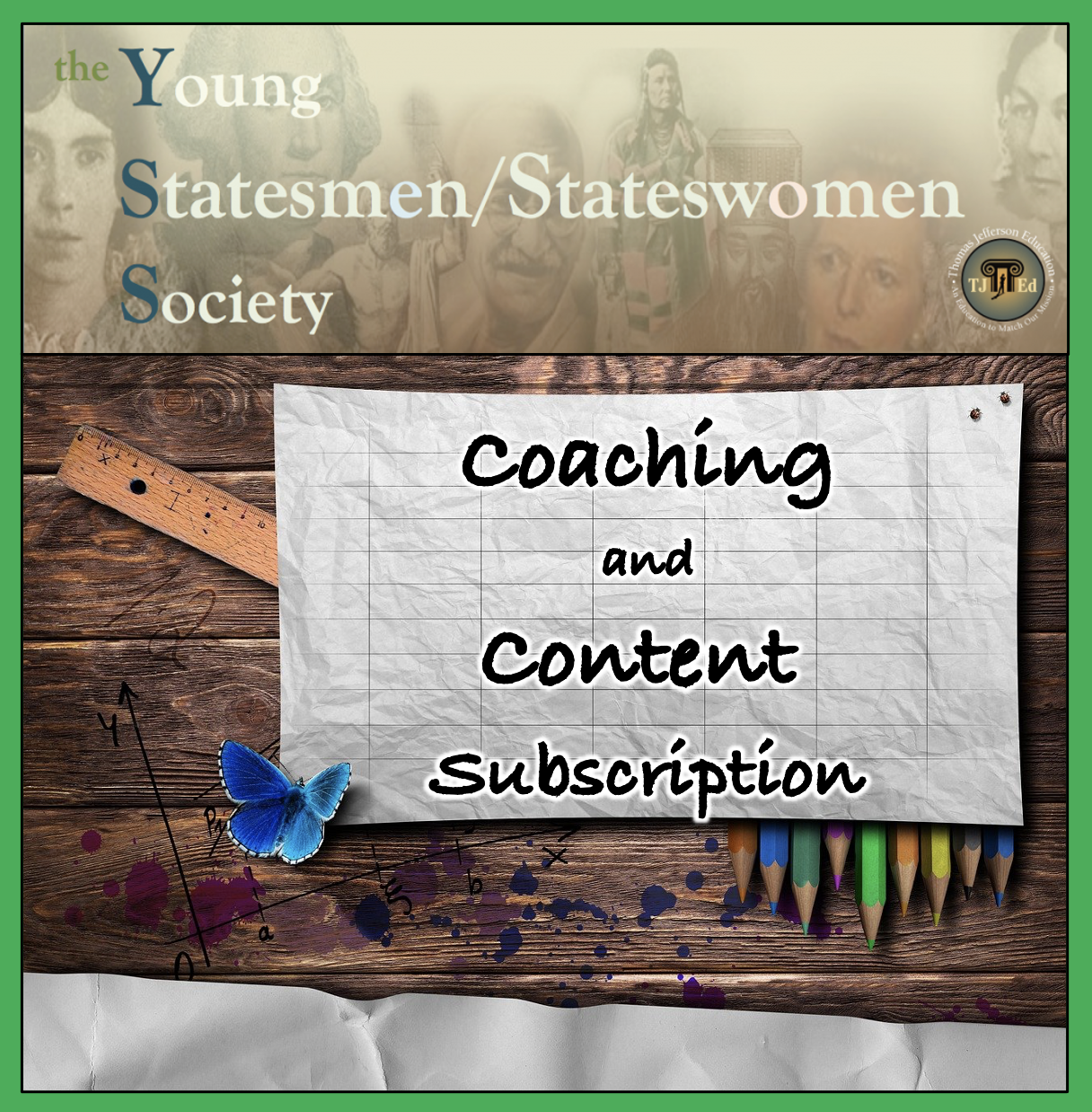
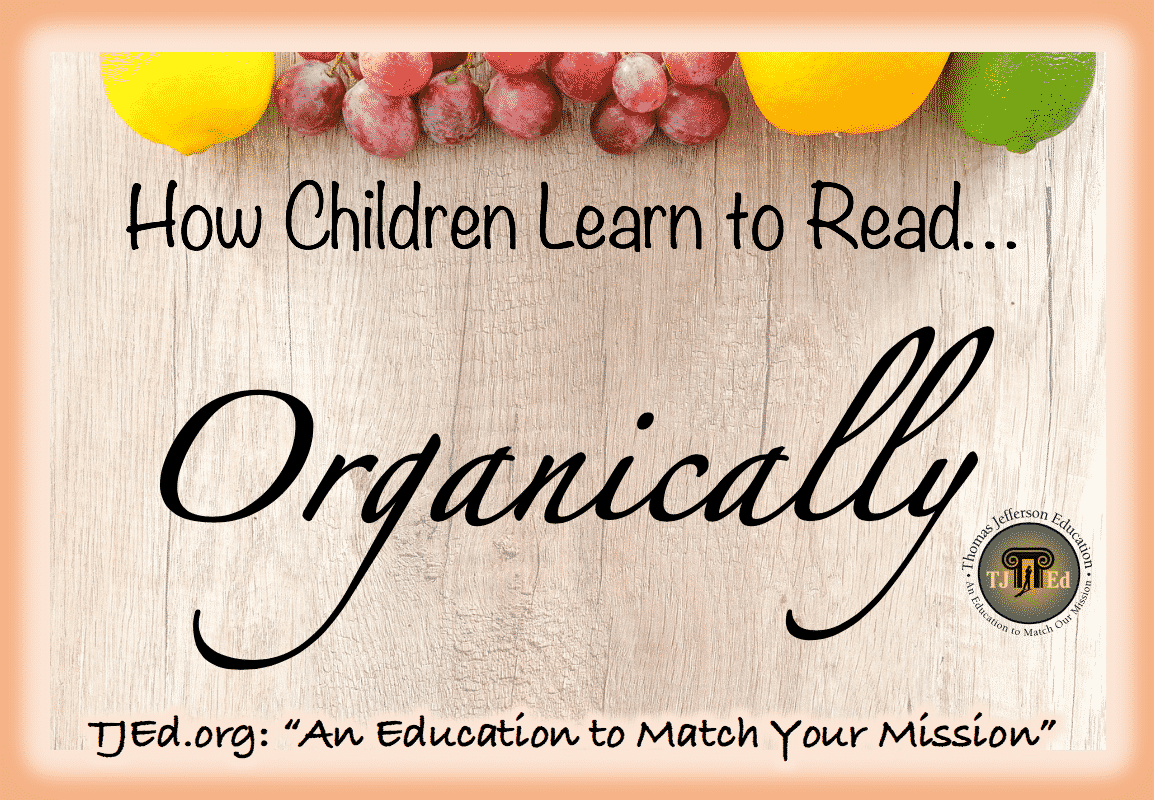




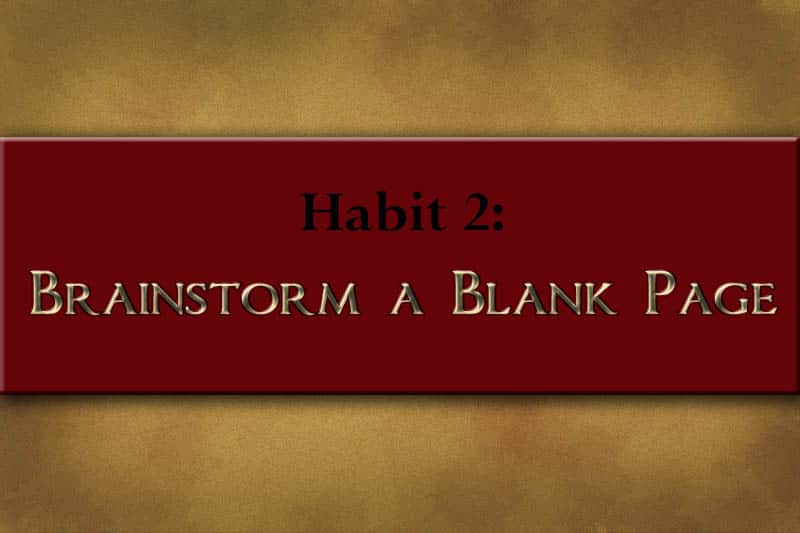

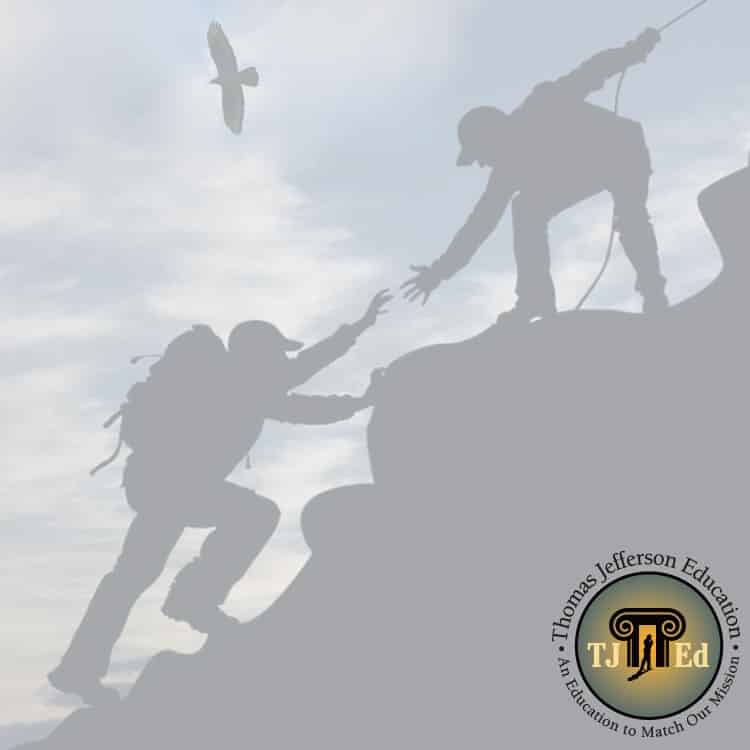
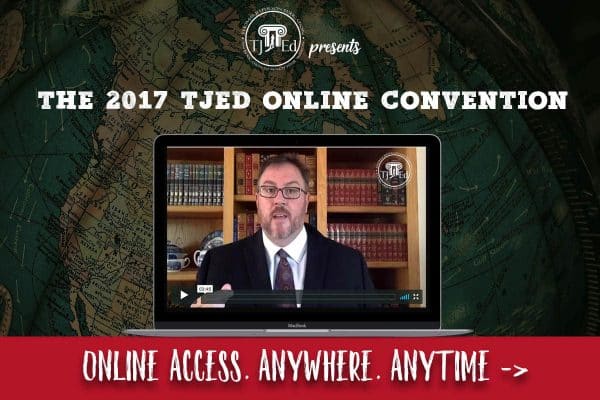




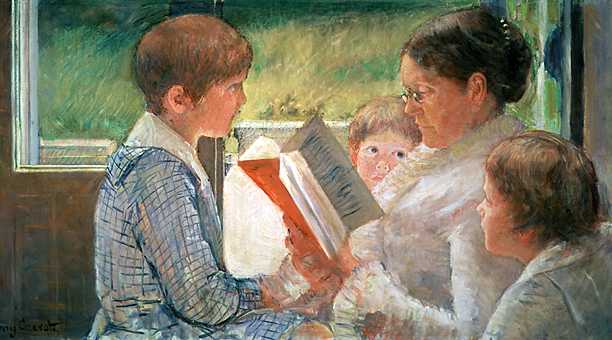

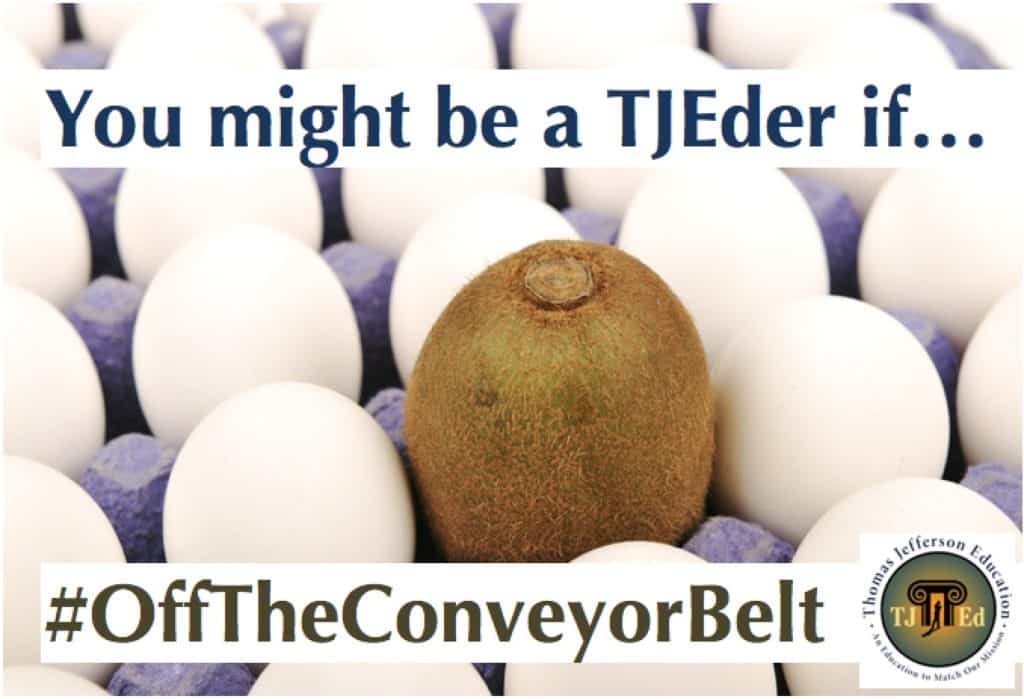


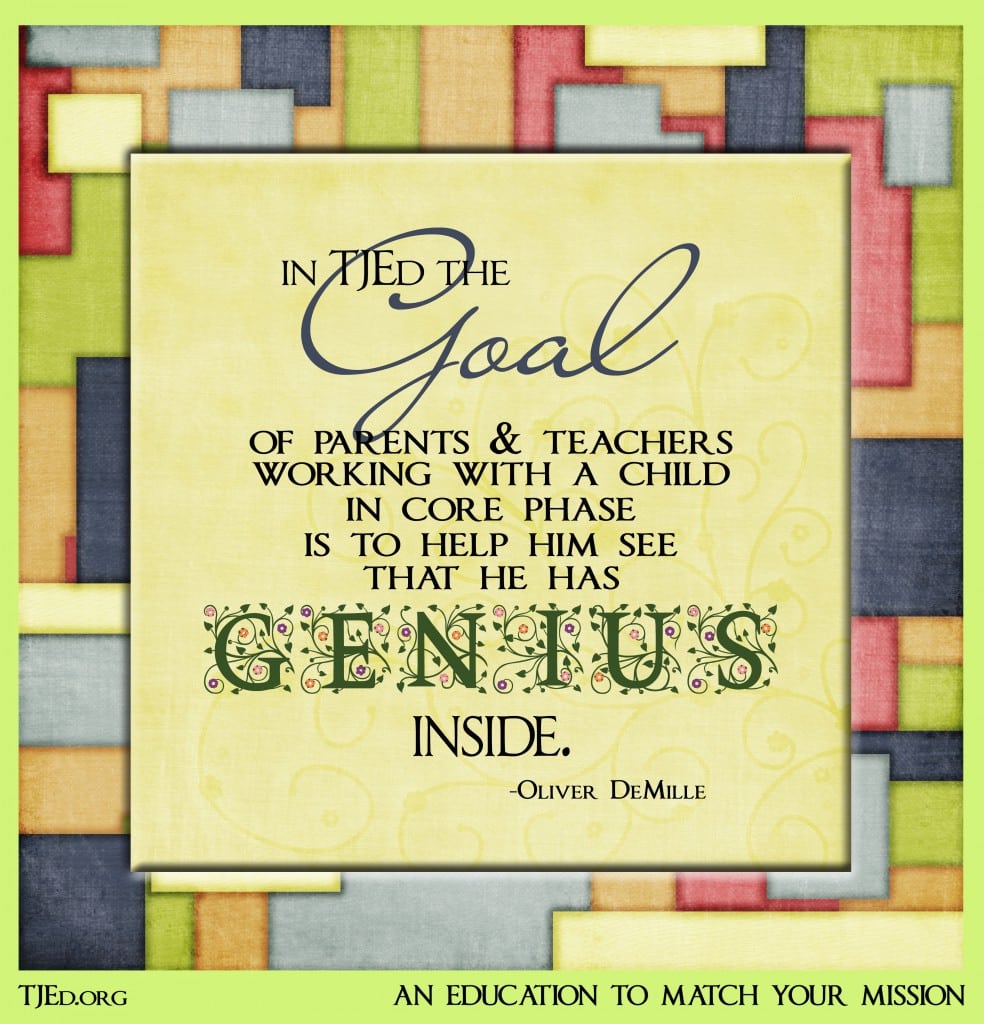



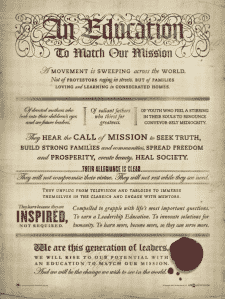



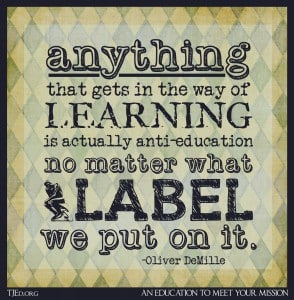
This is the best article on the foundation phases that I have read in a long time. I had numerous “aha” moments. I plan to save this and re-read it when I have those inevitable doubtful moments of “Is this enough?” 🙂 Thanks for the time and effort to write and share it.
Thanks, Shelley. I think Kelli did a great job with it. I find that by hearing from a variety of people we get really great insights into what our own ideal might be!
rd
Thank you so much for this article. I am brand new to homeschooling and my oldest child has had a few years of conveyor belt education. I have struggled to know what to do for him. He seems to be in a hate of learning phase but should be (age wise) moving on to love of learning. Your post has given me courage to start over and rebuild I am not sure his core has been adequate. I am grateful for a new direction.
Thanks again,
LeAnn
I applaud you for trusting your instincts! In my observation, there is no lost ground when we backtrack to get on the right path. What a tragedy it would be to move forward without the tools to complete the journey successfully…
Best wishes, LeAnn! rd
I’d love to hear more about approaching the re-laying of foundation. I really feel I missed a lot of this with my older child (13), and wonder if it’s possible to “start over?” I’m not sure where I would start!
Shari, it’s absolutely possible to “start over”! In fact, too few people even consider the possibility; they want everything to move forward “normally” from their current status quo, when starting over is really a much better plan. We do cover this in quite a bit in Leadership Education: The Phases of Learning. A quicker read is my article, “A Thomas Jefferson Education in our Home: Educating through the Phases of Learning.” It’s available as a free download here: https://tjed.org/bonus-gifts/.
I would also encourage you to connect with other moms and dads who are going through or who have successfully navigated the course you’re walking. TJEd MUSE is a great place to post questions and engage discussions of this type, to help you find inspiration, encouragement, resources and ideas. You can join them here: http://groups.yahoo.com/group/TJEdMUSE/
Blessings to you!
rd